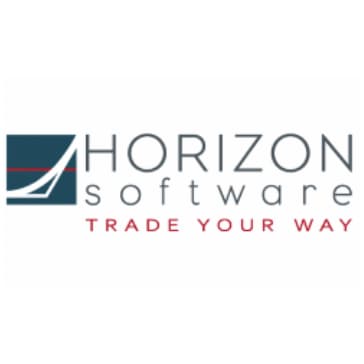
Sylvain Thieullent, CEO, Horizon Software
Market transparency derives from the ability of participants to observe information about the trading process. This has become a hot topic recently, with regulatory responses to transparency questions being predicated on the belief that greater transparency will increase the efficiency and fairness of securities markets.
The focus on regulatory transparency emphasises pre-trade transparency for “small-size” quotes, post-trade transparency of trade details, including price and volume for all trades, the choice of execution method (venue, counterparty, slicing/dicing) and the obligation for liquid derivatives to be traded on electronic venues.
Therefore, as the buy-side takes more control over order routing, the nature of the buy-side and sell-side relationship will continue to evolve. The sell-side has many challenges to face – the order flow and all the data that comes with it needs to be recorded and reported to the client, as a minimum requirement for MiFID II. But there might also be new opportunities for the brokers to differentiate with innovative technology solutions and go beyond buy-side expectations.
Similarly for the buy-side, now that investment firms store a lot of transactions data, new opportunities and new trends suddenly appear: trading professionals want to leverage this data to improve their trading strategies. How can they intelligently use incredible amounts of data insights to inform trading decisions?
Back-testing derivatives trading strategies in real market conditions
A first opportunity concerns the market data feed and the MiFID II requirement to store these incoming pricing flows in real-time and continuously. The requirement is for investment firms to annually assess, check and enable records on the integrity of their trading systems, ensuring that they maintain systems, risk controls and governance procedures that will prevent disruption to the market and erroneous orders.
The only way to prove that it can be done is continuous recording of the operations including prices, a challenge but a minimum requirement to comply with regulation. Pushing further and turning this requirement into a new trading strategy consists of leveraging the past internal calculations made on theorical derivatives pricing and start back-testing volatility scenarios with real past market conditions and a replay of algorithms.
So far back-testing has only been about replaying market data flow in the fastest manner and simulating trading strategies. Today, volatility trading strategies, which are not only based on market data but also influenced by a series of derivatives pricing calculations, are available for back-testing. Incorporating these models on top of market data and launching back-testing strategies is in strong demand today to improve derivatives trading.
The MiFID II regulation created many new requirements but has also brought new opportunities to improve stress-testing and back-testing strategies. The monitoring, recording and reporting of investment decisions and execution brings scrutiny but also new ways to assess risks and performance.
Brokers: AI-based indicators to predict the future
The other major opportunity comes from the execution side, and directly concerns best-execution strategies. All execution flows are highly regulated, as the brokers who stand to fare the best are those who can consistently offer better quality execution and provide greater levels of control and transparency to their clients.
Each execution and its details matter: it’s all about gathering, cleaning, transforming and storing large amounts of data. Neural networks are naturally leading the way with the perspective of offering predictive indicators and new trading strategies. Trading forecasting and improved future execution can rely on past performance and insights from complex scenarios – led by market specialists, and based on machine learning.
At Horizon Software our product experts are continuously improving the strategic features of our trading platform so our clients can easily script and run their own algorithms and launch streamlined back-testing strategies.
Beyond transparency the trend is definitely to leverage the financial reporting requirements and the information overload to reach a model for more intelligibility and enhanced decision-making. It’s time for the buy-side and sell-side to more finely appreciate the risks and costs of their trading strategies. This is what can be called tactical transparency.
